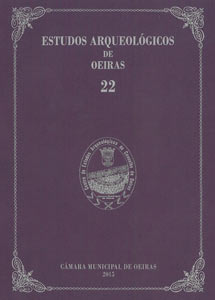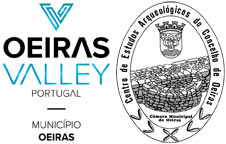Caracterização de uma conta de vidro proveniente do povoado fortificado calcolítico da Moita da Ladra (Vila Franca de Xira)
Palavras-chave:
EDXRF, μ-PIXE, XRD, Glass, Phoenician tradeResumo
The full excavation of the fortified Chalcolithic settlement of Moita da Ladra by one of us (J.L.C.) has shown the existence of a single archaeological layer corresponding to the occupation of the site during the second half of the 3rd millennium BC. Among the archaeological remains collected during the field campaigns there is a bead, with a spheroid shape, longitudinally fractured, presenting a black matrix with numerous whitish spots. The fracture presents a vitreous greasy surface, and exposes a suspension cylindrical bore. Various techniques were used to identify the material that was used in the manufacture of the artifact, including CHN elemental analysis, EDXRF, μ-PIXE and XRD, conducted by the other authors. It was found that the material is not organic (carbon is absent), presenting significant amounts of the elements Si, K, Ca, Ti, Fe, Sr, Zr, and Sb. The X-ray diffraction spectra indicates that the material has na essentially vitreous nature, being the whitish particles dispersed in the vitreous mass identified as quartz. μ-PIXE results show a chemical composition that is consistent with an artificial glass, which implies a much more recent chronology for the bead than that of the Chalcolithic archaeological layer where it was recovered. Thus, although the bead was recorded from a Chalcolithic context, its provenance must be ascribed to the Late Bronze Age occupation recorded nearby and resulting from the early Phoenician trade.
Downloads
Publicado
Como Citar
Edição
Secção
Licença
Os artigos publicados são da exclusiva responsabilidade dos Autores.
É expressamente proibida a reprodução de quaisquer imagens sobre as quais
existam direitos de autor sem o prévio consentimento dos signatários dos artigos
respectivos.




